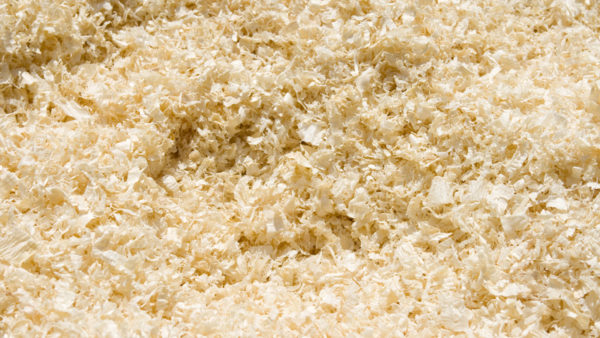A lecturer in construction management in Australia is developing a “digital twin” of an excavator to test the capability of remote control and diagnostics, and says entire construction sites could be digitally twinned for better management.
Dr Samad Sepasgozar MCIOB, senior lecturer in construction, civil engineering, and architecture at the University of New South Wales (UNSW), said digital twinning could transform the industry.
“A digital twin is a digital replica of a physical entity utilising internet of things enabling two-way communications between them,” he said.
“Industry players might confuse this with Building Information Modelling. But unlike this previous technology, the digital twin also enables users to control equipment. So, it enables job-site tasks to be performed remotely, which is useful for working through disruptions like Covid-19.” Â
The idea is to create a digital replica for physical objects in the world, with the digital replica stored in the cloud, collecting data on the physical object’s performance in real time.
“The digital twin and the physical excavator can communicate with each other, in real time. All the changes applied to one are applied to the other. For example, you can command the physical equipment and communicate with it [remotely]. On the other hand, the physical object will communicate with you so you can examine its performance, condition and productivity,” Sepasgozar said. Â
“So you can learn through data how to increase the productivity by changing the operation scenarios, like the attachments of the equipment, the distance between [equipment] and the specific floor of the building, you can analyse all [this] in real time.”
The excavator would be controlled by a smartphone app. It is, he said, “much easier than any previous digital automation technologies”.
- See the virtual digger in action:
Â
Improving safety in construction
The digital twin concept could also be scaled up to an entire construction site and could facilitate simulation training to prepare workers for dangerous situations, he added.
“It will cover all kinds of activities within a construction project – all of them, one day, will be connected to digital twins. We already have a lot of different types of sensors, drones, and other tools which will contribute to developing an entire construction digital twin,” said Sepasgozar.
He called it a powerful tool for data visualisation and communication, capable of illustrating a project with accurate, up-to-date datasets in accessible formats.
“If you adopt this, the entire process of management and the automation process will be changed.”
Read more at UNSW.
Image: The idea is to create a digital replica for physical objects (Image supplied, courtesy of UNSW)










